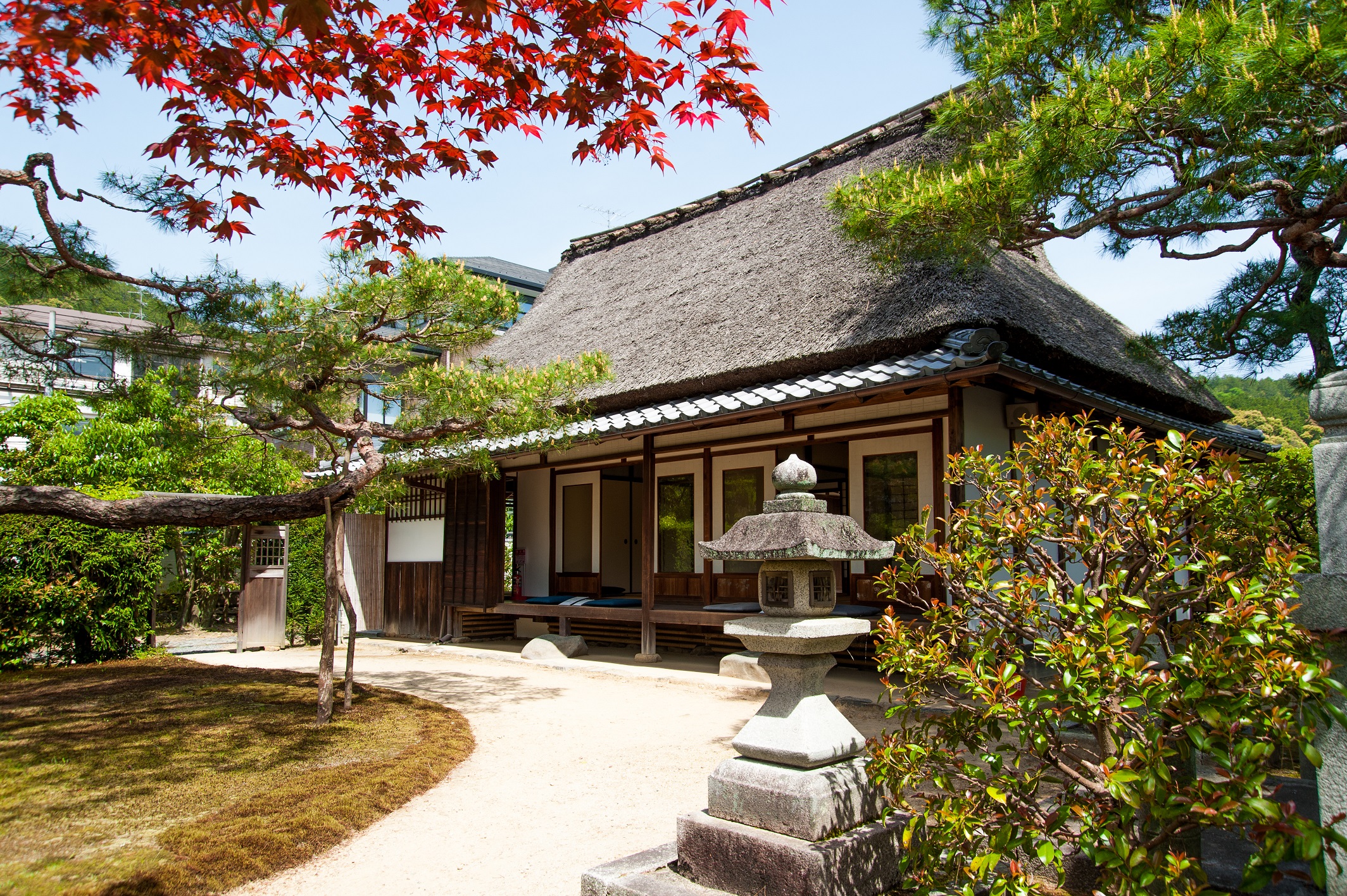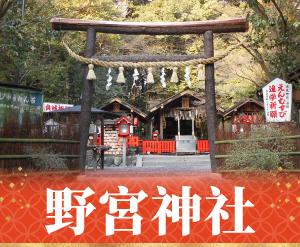
這棟房子曾是岩倉朋美的隱居之所,岩倉朋美是一位貴族血統的政治家,在十九世紀中後期日本向現代民族國家的轉型中積極活動。 1932年,它被指定為國家歷史遺址。
十九世紀中葉,日本正處於轉型時期,從德川幕府時期的武士統治政權轉變為現代國家。一場旨在透過推動現代化並維護日本皇室來對抗德川幕府的政治運動應運而生。由於岩倉朋美提倡皇室與德川家族合作,一些激進分子試圖殺死他,他被暫時流放出京都。隨後,他逃往京都郊區的這處住所躲藏。
■附屬住宅
這座無價的建築傳達了十九世紀末普通民眾的生活。它的保存狀態近乎奇蹟。這種建築風格被稱為“雪坦”,當時常用於平民住宅。 1864 年,岩倉朋美買下了這棟簡樸的房子(後來成為該房產的附屬房屋),當地一位木匠曾住在這裡。岩倉搬到這裡後,又加建了一間主屋和一間連通房,從而形成瞭如今的隱居處的基礎。在他開始在這裡居住後,這棟附屬房屋就被用作僕人的工作空間。在這裡,他們支持岩倉的政治活動,照顧他的日常需要,並協助他處理文職事務。
■本屋“輪雲軒”
這棟建築因曾是19世紀歷史人物的住所而彌足珍貴。西側有一個低矮的平台入口(四季台),通常用作武士住宅的正門,東西兩側排列著門廳、六張榻榻米的候客間(次之間)和六張榻榻米的壁龕(壁龕),西南側還有一個陽台。三塊令人難忘的玻璃窗據說是大宮禦賜的。此外,還有一個帶有上下擱板的壁龕空間(稱為“笠袋”和“地袋”),上面掛著岸信介的畫作,岸信介是19世紀後期活躍於京都美術界的岸信派畫家。這些擱板至今仍保存完好,與最初安裝時相同。
■連通房
作為連接附房和主房的建築,由根據廢棄物功能分為兩個房間的浴室區和帶有金屬管加熱浴缸的澡堂組成。在一般百姓的家裡沒有浴室的時代,這個浴室是應岩倉智美的要求而特別建造的。安裝這個設施的目的是,即使在與岩倉智美進行長時間諮詢期間,也能方便地接待從京都市中心前來參觀這個偏遠地區的遊客。
■大學圖書館
1928年為展示和保存岩倉朋美的影響以及與明治維新相關的文件而建造。內部裝飾,甚至包括展覽展示櫃,都保存完好,與最初建造時一樣。該建築的設計者是建造京都市政府主樓的建築師、日本文部科學省公務員竹田五一。 「Taigaku」這個名字取自詩人岩倉朋美的筆名。意思是住在比叡山另一邊的人。如今,這棟建築內展出了有關岩倉朋美生平的展品以及有關岩倉家族成員的資料。 2007年被指定為國家註冊有形文化財產。
■花園
庭園於1928年進行了大規模的整修,並進行了改建。庭園圍繞著一棵據說「出自岩倉朋美之手」、樹齡約150年的松樹建造,是京都傳奇園藝家第七代小川治平的最後創作時期的作品。如今,花園仍按照古樸的鄉村花園形象進行管理。
■伊發紀念館
據說,岩倉朋美少年時期曾在岩倉地區居住,後來又面臨政治危機,因此對這裡懷有深厚的感情。因此,在主屋的東側建造了一座紀念碑,裡面埋葬著他的一些頭髮。人們向這座紀念碑和他的妻子岩倉真紀子致敬。北面還有他兒子友貞和友常的紀念碑。
■舊岩倉朋美咖啡廳的休憩處
客人可享用熱飲菜單,如烤綠茶和咖啡以及當地糕點店的烘焙甜點。夏天我們還提供冰淇淋。




